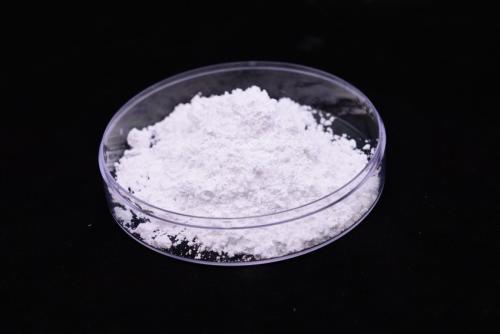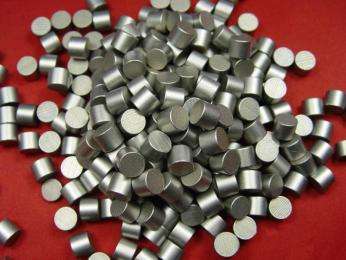Protective Coatings Application Of Tantalum Oxide
Tantalum oxide has proven to be chemically stable. Reactively sputtered tantalum oxide thin films were investigated as protective coatings for sensors that are exposed to aggressive environments.
The step coverage of the amorphous tantalum oxide deposited by sputtering is adequate; however, the metallisation lines are difficult to cover. Sputtered tantalum oxide exhibits high breakdown strength, and the pinhole density for 0.5 pm thick films is below 3 per cm².

The use of protective coatings as a solution for this sensor concept requires a range of properties that the coating must meet; a brief list includes
I. Corrosion resistance: The maximum permissible coating thickness and the required minimum lifetime determine the upper limit for the etch rate in the relevant medium.
2. Low residual stress and low thickness: This limits the reduction in sensitivity resulting from changes in membrane stiffness.
3. Step coverage: Incomplete coverage at junctions and contact windows marks the areas where sensor degradation begins.
4. Pinhole density: In exposed regions of the sensor, pinholes must not be present. Etchants may penetrate the coating and affect electrically active components or underlying etched regions, which can lead to an unintended delamination of the coating. If the pinholes result from particle contamination, they can be eliminated by applying thicker layers.
5. Electrical properties: A dielectric film is required to isolate the sensor’s electrical components from electrically conductive media.
6. Structurability: In many cases, it is necessary to structure the protective layer to provide access to bond pads. Structuring by a batch process, such as wet etching, is preferred.
7. Dual-side deposition: Coating both sides of the differential pressure sensor is required.
8. Coverage of sharp corners: A conformal coating is required.
9. Coverage of deep cavities: A conformal coating down to the bottom of the cavity is required.

The use of Tantalum, Tantalum alloys and Tantalum oxide has been proposed for sensor applications. Tantalum is also employed in chemical processing equipment, given that it forms a thin amorphous tantalum oxide layer at the surface which is chemically inert.
The deposition of Tantalum and its oxides and nitrides can be performed by physical vapour deposition from the gas phase, by chemical vapour deposition from the gas phase or by thermal oxidation. This offers considerable flexibility in the use of these materials.

 Bars
Bars
 Beads & Spheres
Beads & Spheres
 Bolts & Nuts
Bolts & Nuts
 Crucibles
Crucibles
 Discs
Discs
 Fibers & Fabrics
Fibers & Fabrics
 Films
Films
 Flake
Flake
 Foams
Foams
 Foil
Foil
 Granules
Granules
 Honeycombs
Honeycombs
 Ink
Ink
 Laminate
Laminate
 Lumps
Lumps
 Meshes
Meshes
 Metallised Film
Metallised Film
 Plate
Plate
 Powders
Powders
 Rod
Rod
 Sheets
Sheets
 Single Crystals
Single Crystals
 Sputtering Target
Sputtering Target
 Tubes
Tubes
 Washer
Washer
 Wires
Wires
 Converters & Calculators
Converters & Calculators
 Write for Us
Write for Us
 Chin Trento
Chin Trento



